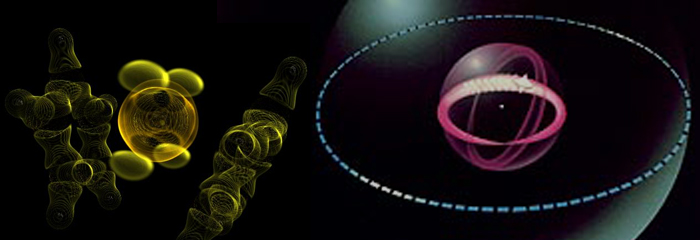SAHA INSTITUTE OF NUCLEAR PHYSICS
Department of Atomic Energy, Govt. of India

Transmission Electron Microscope (TEM) is the most powerful tool to analyze ultrastructure and architecture of macromolecular assembly. TEM can achieve a much greater resolution than ‘optical microscope’ simply because the wavelength of electron is 100,000 times shorter than that of visible light. It finds wide application in Biology, Material Science, Engineering and Medicine.
Saha Institute of Nuclear Physics has a long and historic association with TEM. In Asia, the first of its kind was constructed in this Institute in the year 1948. The pioneering work of electron microscopic study of Kalaazar parasite, Malaria parasite, E.coli was initiated in this Institute. Some of the contributions, viz. electron microscopic visualization of human hemoglobin and the locally unwound two strands of double stranded DNA were amongst the first observations along the line.
The Electron Microscope Facility of SINP is working as a central facility and equipped with a 200keV Transmission Electron Microscope and a 300keV Field Emission Gun Transmission Electron Microscope. The facility caters to the researchers from diverse disciplines like Biological Sciences as well as Material Sciences. Biophysics Div., Chemical Sc. Div., C & MB Div. and Structural Genomic Div. use the facility to study biological samples like bacteria & their thin section, lipid vesicles, detergent micelles, lipid-protein complexes, peptide aggregation etc. ECMP, Surface Physics, Applied Material Sciences and Applied Nuclear Physics Div. use the facility to study material sciences samples like nanomaterials, metal oxides, nanocrystalline solids etc. More than 30 faculty members of the institute and 10 scientists from VECC use the facility on a regular basis. Other research institutes and universities from Kolkata and outside also use this facility extensively.